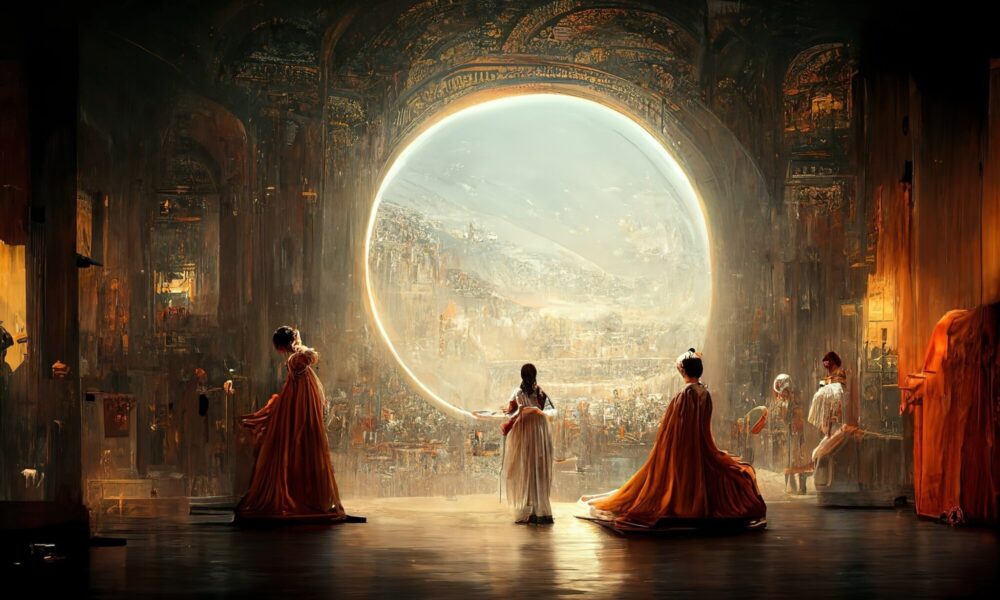
AI Art
The death of artists?
M. I. McAlpine
CONTROVERSY WAS SPARKED last week after an American man, Jason Allen, won an art competition with an image generated by Midjourney – an artificial intelligence that can conjure new images simply from written prompts. This type of technology has experienced rapid advancement in just the past year, leading to a rise in the mainstream and commercial use. For example, the cover of The Economist on 11 June this year was generated by Midjourney.
While at first glance this may seem unfathomable, these AIs are not perfect, with Allen stating the artwork took 900 iterations and 80 hours, playing around with the minute details of the input phrase to get the output that he desired. Midjourney is just one of many AI image generators, others including OpenAI’s DALL-E 2 and Google’s Imagen, which are invitation only and restricted to the public respectively. Trained on over 400 million image and text pairs, these AIs are capable of producing bizarre but impressive images, such as ‘a confused grizzly bear in calculus class’ and ‘a medieval painting of the wifi not working’.
This poses the question: if AI can generate complex images from just words, why not replace artists with software?


Although the AI art world will inevitably continue to grow over the next decade and into the future, I predict the demand for human artists will still be there. AI art generation is simply another tool. In 1997, the first chess AI defeating a human chess player, suggested the death of chess, however years later it is still vastly popular due to the interest in human ability. Even here, though, AI is now used as a tool to improve and understand the game. Similarly, any average joe in a car could easily outpace Usain Bolt, yet he is still impressive due to the demonstration of human ability.
Therefore, I propose that even in the event of AI becoming ‘better’ at producing art (which is purely subjective in itself) than human artists, there will always be a demand for human creativity and human ability. Going back to the ‘tool’ idea, it is important to point out that the AI itself is useless without human input. Ultimately, it is the human creativity and thought put into refining the input phrase that produces a desirable output. A good quality paint brush does not always make a good quality artwork, thus there must be artistic thought from a human to illustrate something with those tools. Until artificial intelligence can convey unique, original thought to express meaning, then AI art generation is a tool in the same way a paintbrush is a tool.
The future will bring with it even more advanced technologies, which will likely garner similar controversy. 19th century artists scoffed at the invention of the camera, seeing photography as ‘a debasement of human artistry’ and ‘art’s most mortal enemy’. We have seen photography evolve as an artform and a tool for artists and AI will experience a similar growth as it advances. Aspiring artists – don’t worry, the machines will not take your jobs.

